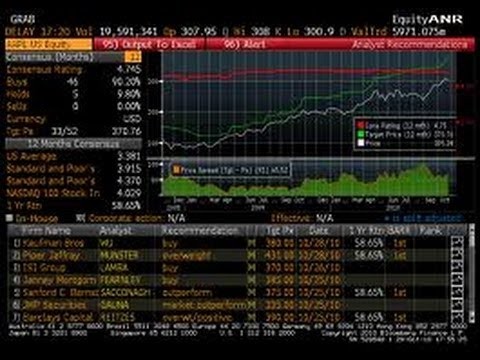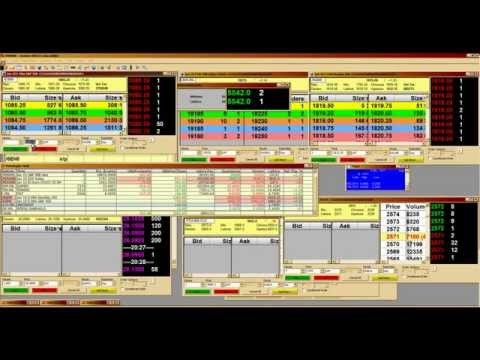Futures Scalping Part 1 Introduction
Post on: 30 Май, 2015 No Comment

Now that Im more or less finished with the speculative alternatives to investment series its time to start looking at a new trading method. Ive chosen scalping in the futures markets because its about as different as you can get from what Ive covered thus far. Different instrument, different time scale, different philosophy. I believe scalping is one of the most advantageous methods for small traders because it can provide large returns while requiring limited capital and having fairly well bounded risk. Unfortunately scalping is also one of the most difficult methods to learn it took me years to learn to scalp successfully and almost all of my initial trading losses were from failed attempts at scalping. So Im going to advise you to be very careful here. But it is worth your time to learn this.
This series is going to be much longer than the speculative alternatives series. I dont know how long, but I envision something in the range of 15-30 articles. Theres just an incredible amount of material to cover and if you dont want to lose money it cant be short circuited. At my current rate of writing, that means it will take me many months to complete the whole series. Youll just have to bear with me.
Before we go any further, I need to define what I mean by futures scalping. The easiest way to do that is to place it loosely on the various dimensions defined in this article: Types of Speculators .

- Time Frame: Were going to be looking at trading strategies as fast as human reaction time and out to perhaps 20 minutes at the longest. This is trading as a full time job, where when youre trading youre constantly watching the screen. When you step away from the screen youll either be flat or at worst have a stop loss orders bounding your possible losses. Positions will never be held across market closes.
- Time of Day: While scalping techniques should ideally be general, in practice the desire for volatility & liquidity will force most trades into the period from US stock market open at 9:30 EST to about an hour and a half after that. This is not the only time of day scalping strategies can be employed, but it is the period I trade every day so its what Im most familiar with. The 30 minutes to one hour before US market close can also be of interest, but I dont have a lot of experience with the afternoon session so I wont have much to say about it.
- Instrument: The primary instrument of interest is going to be the ES contract. This is a mini S&P500 future contract traded on GLOBEX, the CME groups electronic exchange system. This is one of the most active and liquid futures contracts in the world. Each contract represents $50 times the current value of the S&P500 at contract expiration. So at todays prices thats about $73,000 per contract. In addition I may do some things with the CL (crude oil) and ZN (10-year treasury note) futures, also from CME.
- Methodology: The trading methodologies Im going to describe are based on order flow analysis and chart reading a purely technical approach. On scalping time frames there is very little fundamental data thats of any value. News data will be of interest only in as it affects technical expectations.
- Systematic vs. Discretionary: Im a big fan of systematic trading. Its a very good thing if two separate people can take the description of a trading system, trade it, and get the same trades and results or at least very similar. Unfortunately as time frames decrease it becomes harder and harder to be purely systematic. The reason is simply that on short time frames the details matter more than they used to on long time frames. In particular, the question of whether a particular limit order does or doesnt get filled becomes of extreme importance. Its very difficult to capture these behaviors in an automated system. So my approach is going to be systematic in spirit, but slightly discretionary in implementation.
- Liquidity Supplying: Scalping strategies are by their nature liquidity supplying. Part (all though not all) of their returns come from capturing the bid-ask gap on the majority of trades. My strategies do tend to use a stop loss order however, so in certain situations you will consume liquidity when exiting a position at a loss. The overall intent however is to be a selective market maker rather than a market taker.
The potential returns if you learn to scalp successfully are very high. Well go into just how high in a future post, since expectations can vary wildly with skill level, market conditions, and account size. But to put in some context my personal goal for next year is a 100% return on capital allocated to scalping. If that sounds attractive to you, stay tuned and Ill explain how it works.














